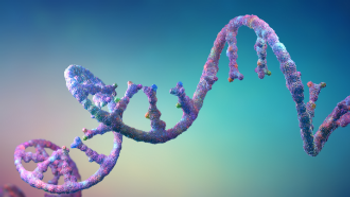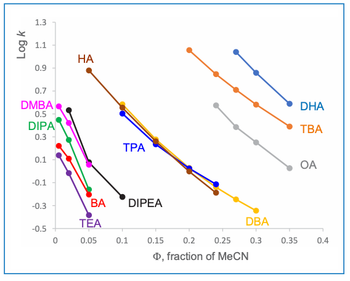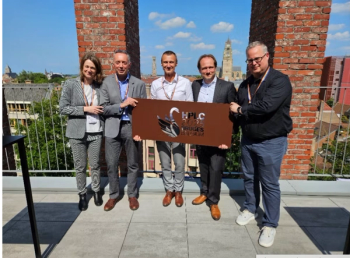
Quantifying Microplastics in Water Using Optimized SPE and LC–MS/MS
Water pollution management is an important process that faces difficulty with handling microplastics. University of Porto (Portugal) researchers aimed to optimize existing methods to help rectify this issue.
Researchers from the University of Porto in Porto, Portugal optimized solid-phase extraction (SPE) and liquid chromatography tandem mass spectrometry (LC–MS/MS) for quantifying harmful substances in water samples according to international water protection guidelines. Their findings were published in the Journal of Chromatography A (1).
Water pollution management is a vital process that faces various obstacles, with a significant hurdle being micropollutants (MPs) being present in aquatic environments. MPs, which can include pharmaceuticals, personal care products, and trace metals, are recognized and characterized due to their presence in trace amounts among different environmental matrices and living organisms (2). Generally, MPs are not effectively removed by conventional water/wastewater treatment processes, despite having typically low concentrations (typically between ng L−1 and μg L−1 levels). Left unchecked, MPs can be continuously released into receiving water bodies, posing risks to both ecosystems and human health. MP overconsumption can lead to effects like endocrine disruption, antimicrobial resistance, and chronic toxicity.
Addressing MPs has become paramount across various approaches, including developing analytical techniques to detect and quantify multi-residue MPs in aqueous matrices. The most recommended methodologies for MP analysis in natural aqueous matrices are solid-phase extraction (SPE) and liquid chromatography tandem mass spectrometry (LC–MS/MS). While effective, analyzing MPs remains challenging due to possible dissimilar recoveries and matrix effects, which can rely on selecting the optimal SPE conditions, including cartridge type, volume and pH of sample, additives, and washing, elution, and reconstitution solvents. Further, traditional SPE optimization procedures are based on the one-variable-at-a-time (OVAT) approach, which involves independently varying variables and continuously retaining others (3). This approach can be costly, time-consuming, and fail to show interactions among studied parameters.
In this study, the scientists optimized an SPE-LC–MS/MS method for analyzing pharmaceuticals, pesticides and organic UV filters included in European Union (EU) water protection guidelines. This was done using a design of experiments (DoE) approach with response surface methodology (RSM) aiming. The SPE conditions involved a sample pH of 3–4, sample volume of 375 mL, and 3.5 mL of ethanol (EtOH) as the eluent. When optimized in this fashion, a MPs average extraction efficiency (EE) of 65%, matrix effect (ME) of 8%, and an absolute recovery (AR) of 73% were recorded.
Furthermore, the SPE-LC–MS/MS method was successfully validated for routinely monitoring 32 target MPs in surface water (SW) matrices. Results for selectivity, linearity and range, MDL and MQL, accuracy, recovery, and precision met established guidelines. When applied to river water samples from northern Portugal, 23 out of 32 MPs were revealed to be present–mainly pharmaceuticals and UV-filters, with less pesticides being detected–at concentrations ranging from few to thousands of ng l-1.
Overall, this study provides new insights into analytical chemistry applied to environmental samples, as the optimized method can be implemented in monitoring programs targeting EU organic MPs, allowing crucial data on the subject to be generated. In doing so, progress in making advancements in water pollution control and ecosystems preservation can be made.
References
(1) Gorito, A. M.; Mota, B. R.; Silva, A. M. T.; Ribeiro, A. R. L. SPE-LC-MS/MS Optimisation Using Response Surface Methodology for Quantification of Pharmaceuticals, Pesticides and Organic UV Filters Included in Water Protection Guidelines. J. Chromatogr. A 2025, 1756, 466052. DOI:
(2) Micropollutant. ScienceDirect 2022.
(3) OFAT (One-Factor-at-a-Time). All You Need to Know. Six Sigma 2024.
Newsletter
Join the global community of analytical scientists who trust LCGC for insights on the latest techniques, trends, and expert solutions in chromatography.




